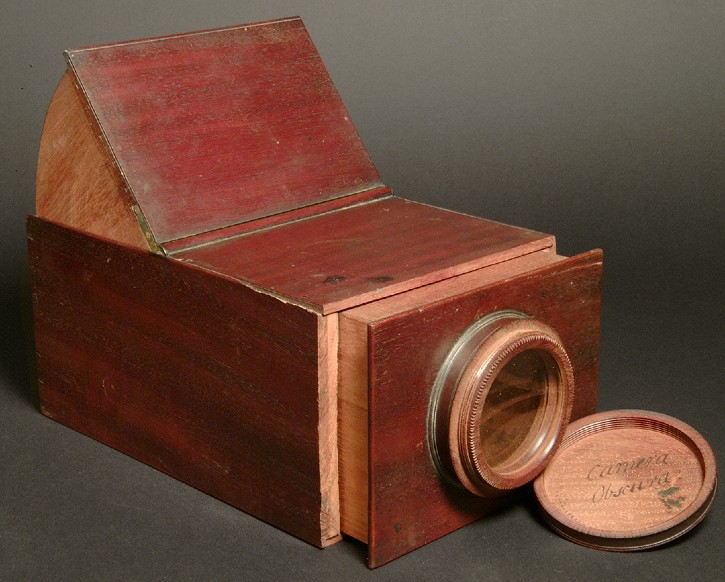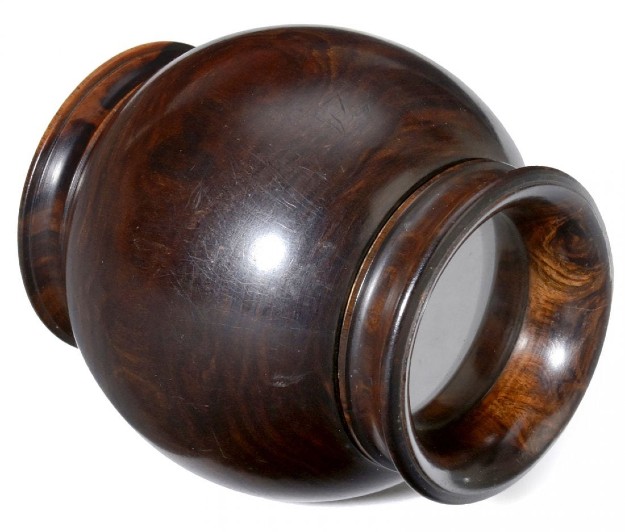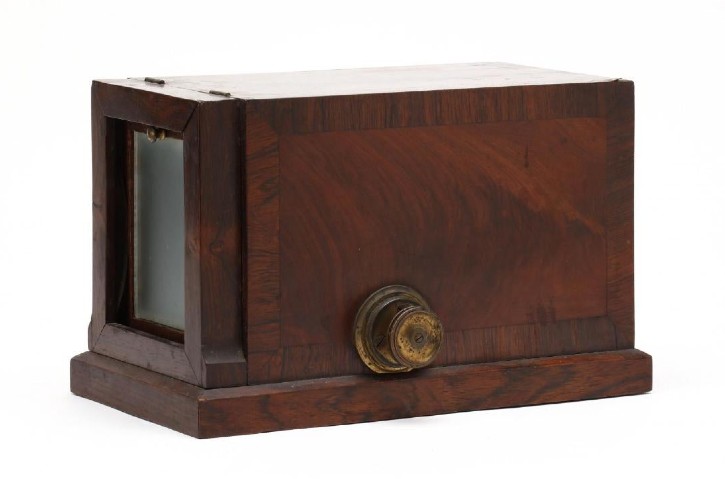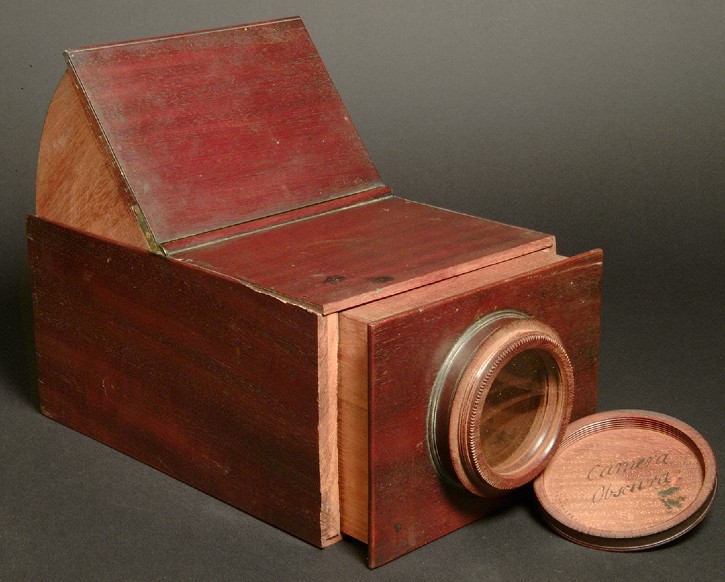
NEW YORK – Used since the Renaissance era, the camera obscura is a fascinating technological marvel that allows one to invert an image onto a plane surface, giving both amateur and professional photographers a fun way to create interesting photographs and maintain accurate perspective when tackling difficult subjects or scenes.
The camera obscura’s name when translated from Latin means dark chamber and it works by taking in a single point of light – often called a pinhole image – to reproduce a scene, be it a landscape or an interior. It is based on a principle of optic physics: that light travels in a straight line. When being transmitted through a pinhole into a dark box, i.e. the camera body, the light will reverse and be projected upside down on an opposite surface. By using a mirror, the image can be corrected to the right orientation and traced on paper or canvas.

Among contemporary photographers who specialize in using the camera obscura are Abelardo Morrell, who enjoys the juxtaposition of the indoors with outdoors in his works. Several of his camera obscura images were featured in the 2019-20 exhibition, “Unseen: 35 Years of Collecting Photographs,” at the Getty Museum.
Artists have reportedly used these cameras for years in art making. “There is plenty of evidence that masters such as Canaletto and Rembrandt made use of the camera obscura, but other artists may have been more secretive,” according to the History of Science Museum in Oxford, England. Some even theorize that Johannes Vermeer and other renowned Old Masters painters in the 17th century used a camera obscura to aid them in painting detailed and realistic paintings. The engraver Thomas Daniell is said to have used one when he traveled “up country” in India in 1784 to document its scenery and architecture.

Auction Team Breker in Cologne, Germany, specializes in technical antiques and has sold several camera obscura over the years and this is a market collectors are passionate about. “As for the most desirable forms of camera obscura in today’s market, the earlier the better,” according to the firm. There were several forms of the instrument, from a scioptric ball (which fit into a window), to the tent-form camera obscura, portable devices made of light metal, camera obscura towers conceived for public entertainment and decorative tabletop devices, sometimes disguised as large folio books.
Examples of large, freestanding room-size cameras obscura open to the public are located around the world, including ones at the University of North Carolina in Chapel Hill, N.C.; San Francisco’s Cliff House and in Edinburgh, Scotland. Claiming to hold title as the largest walk-in camera obscura in the world is a converted water tower in Broich, Germany.

“Of the many optical toys that fascinated the public, the camera obscura held an additional didactic significance as a figure for understanding human vision and a model for truthful representation,” according to Auction Team Breker. The king’s instrument maker George Adams wrote that the camera was a method of “putting objects in true perspective,” while Diderot’s Encylopédie notes that the instrument “throws great light on the nature of vision,” the auction house explained.
“By the first quarter of the 19th century, three distinct forms of camera obscura had developed: the camera obscura room, the tent-form for outdoor work, and the box-form for use in the studio or landscape,” according to Auction Team Breker. Widely used for drawing, the camera obscura was also used for observing nature and as an entertainment form. “Not only did the camera obscura present images as they appeared in nature, but it could also capture the continuous movement that painters were unable to express in visual form.”

While the camera obscura was long ago eclipsed by more modern examples as technology advanced, collectors of early technology continue to appreciate the camera obscura. One of the largest collections is that of Jack and Beverly Wilgus, who have several websites devoted to their collections, including this one showing camera obscura images. The couple first encountered a camera obscura on a trip to Edinburgh in the late 1970s. They collected photography for 50 years and much of their collection is now at the galleries of Southern Methodist University.
A camera obscura will come up for auction occasionally and can fetch anywhere from a few thousand dollars for common examples to upwards of $20,000 for historically important or elegant ones from the 1800s.
# # #


